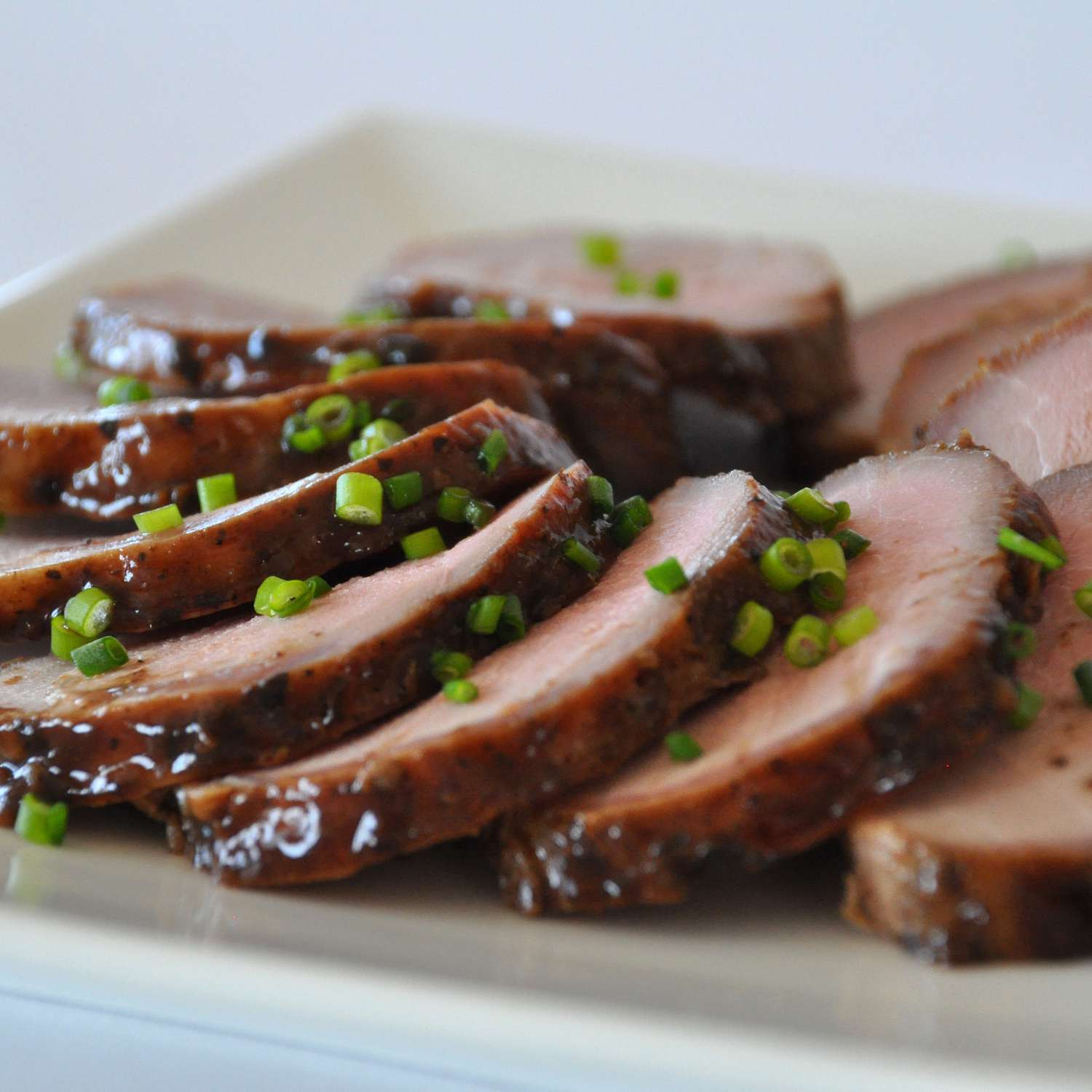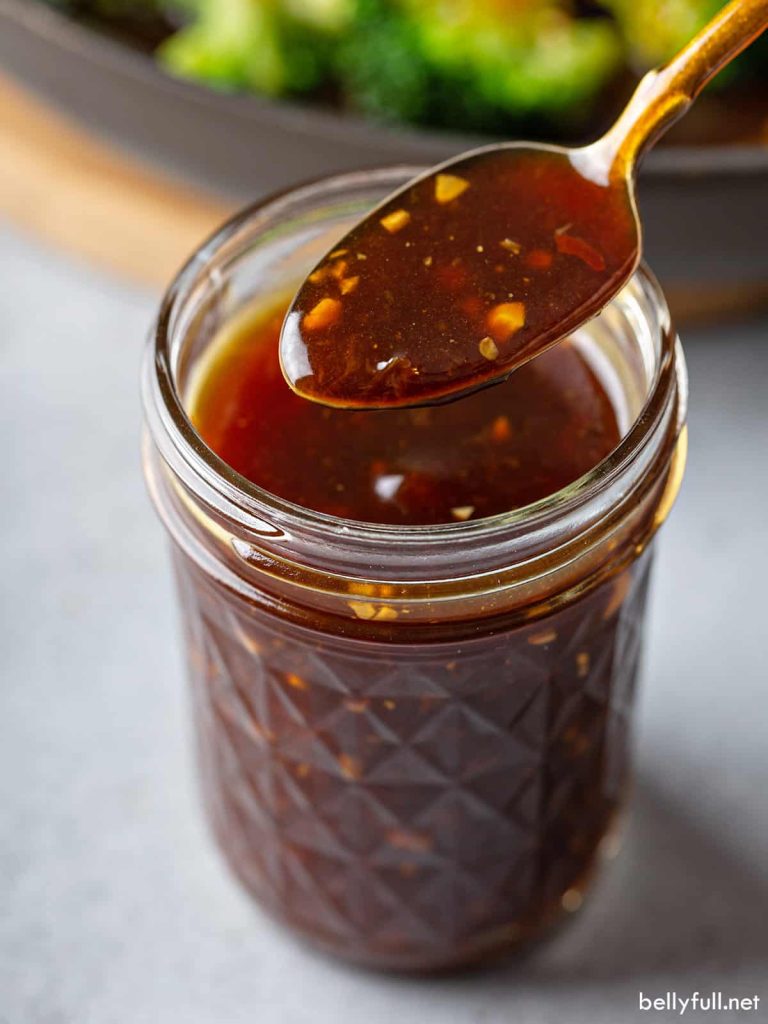Asian Pork Tenderloin Recipe: Marinate, Cook, and Serve for Perfect Flavor
Asian pork tenderloin features a blend of key ingredients that create its signature taste. Soy sauce provides a salty, umami base, while fresh ginger and garlic add a spicy, aromatic element. Honey introduces sweetness, balancing the savory flavors. Optional elements like sesame oil, rice vinegar, and chili flakes can enhance the depth and complexity, offering various layers of taste that make the dish distinct. For example, adding sesame oil can impart a nutty aroma, while chili flakes can give it a mild heat.
Regional Variations
Asian pork tenderloin varies across regions, reflecting local tastes and culinary traditions. In Chinese cuisine, it might feature five-spice powder for a more robust flavor profile. Japanese versions often incorporate mirin, a sweet rice wine, and sake, adding subtle sweetness and depth. Korean adaptations might use gochujang (fermented chili paste) for a spicy kick. Each variant, while maintaining the dish’s core characteristics, provides unique twists that highlight the diversity within Asian culinary practices.
Preparing Asian Pork Tenderloin
Choosing the Right Cut
Select a pork tenderloin for its tenderness and lean quality. Look for a piece that’s pale pink with some fat marbling, weighing between 1-1.5 pounds. Avoid cuts with excessive fat or discoloration. Use a sharp knife to trim any silver skin and excess fat. If available, ask your butcher for help to ensure the cut is clean and ready for marinating.
Marinades and Seasonings
Combine soy sauce, ginger, garlic, and honey to create the base marinade. Include 1/4 cup soy sauce, 2 tablespoons honey, 1 tablespoon minced garlic, and 1 tablespoon grated ginger. Add sesame oil, rice vinegar, and chili flakes for added complexity. Marinate the pork for at least 30 minutes, up to overnight, in a zip-lock bag or shallow dish. Ensure the pork is evenly coated and stored in the refrigerator.
For cooking, preheat your oven to 400°F (200°C). Sear the tenderloin in a hot skillet over medium-high heat for 3-4 minutes per side until browned. Transfer the skillet to the oven and roast for 15-20 minutes, or until the internal temperature reaches 145°F (63°C). Let the pork rest for 5 minutes before slicing to retain its juices.
Cooking Techniques
Roasting Methods
Roasting infuses flavor into Asian pork tenderloin while ensuring it remains juicy. Preheat your oven to 425°F (218°C) before placing the tenderloin on a roasting pan. Brush the pork generously with olive oil to create a crisp exterior. Roast the tenderloin for 20-25 minutes or until it reaches an internal temperature of 145°F (63°C). Rest the meat for 5 minutes to retain its juices before slicing. For added flavor, baste the tenderloin with the marinade halfway through cooking.
Grilling Tips
Grilling adds a smoky element to pork tenderloin, enhancing its flavor profile. Preheat the grill to medium-high heat, around 400°F (204°C). Oil the grates to prevent sticking before placing the pork on the grill. Grill the tenderloin for 15-20 minutes, turning every 5 minutes to cook evenly. Use a meat thermometer to ensure it reaches an internal temperature of 145°F (63°C). Rest the meat for 5 minutes after grilling. To boost flavor, use a basting brush to apply the marinade during the grilling process.
Serving Suggestions
Accompaniments and Side Dishes
Serve Asian pork tenderloin with a variety of side dishes to complement its rich flavors. Steamed jasmine rice or sticky rice offers a neutral base that absorbs the marinade’s savory and sweet notes. Stir-fried vegetables, such as broccoli, bell peppers, and snap peas, add a colorful and nutritious element to the plate. For a refreshing contrast, consider a cucumber salad with rice vinegar dressing or a quick-pickled radish and carrot medley.
Include noodle dishes like pad Thai or lo mein for a heartier meal. These noodles, seasoned with soy sauce and garlic, harmonize well with the pork’s marinade. Korean kimchi or Japanese pickles can add a tangy, spicy kick, enhancing the overall flavor profile.
Presentation Tips
Present the Asian pork tenderloin attractively to enhance the dining experience. Slice the tenderloin into medallions, arranging them neatly on a platter. Garnish with freshly chopped cilantro, sesame seeds, or thinly sliced green onions for a burst of color and flavor. Drizzle the remaining marinade or a soy-based glaze over the meat to add shine and extra taste.
Place the meat on a bed of rice or noodles for an elegant look. Surround it with the chosen side dishes, ensuring a balance of colors and textures. For a stylish touch, use a serving tray or bamboo board, which adds an Asian-inspired aesthetic to your presentation.
Conclusion
Creating the perfect Asian pork tenderloin is an art that combines flavorful marinades, precise cooking techniques, and thoughtful presentation. By experimenting with ingredients like sesame oil, rice vinegar, and chili flakes, you can craft a dish that’s both savory and sweet. Whether you choose to roast or grill, the key lies in enhancing the natural flavors of the pork. Pair your tenderloin with sides like steamed rice, stir-fried vegetables, or noodles for a complete meal. Don’t forget to garnish with fresh cilantro and arrange your dish elegantly to impress your guests. Enjoy the rich, complex flavors of Asian pork tenderloin and elevate your culinary skills.






